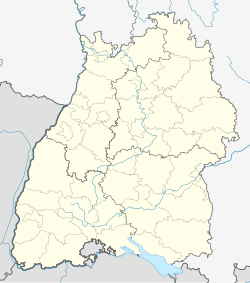 | |
Former name | Auto & Technik Museum Sinsheim |
|---|---|
| Established | 1981 |
| Location | Sinsheim, Germany |
| Coordinates | 49°14′19″N08°53′48″E / 49.23861°N 8.89667°E |
| Type | Technology museum |
| Collection size | 3,000 |
| Visitors | More than 1 million per year |
| Website | sinsheim |
The Technik Museum Sinsheim is a technology museum in Sinsheim, Germany. [1] Opened in 1981, it is run by a registered association called "Auto & Technik Museum Sinsheim e. V." which also runs the nearby Technik Museum Speyer.


